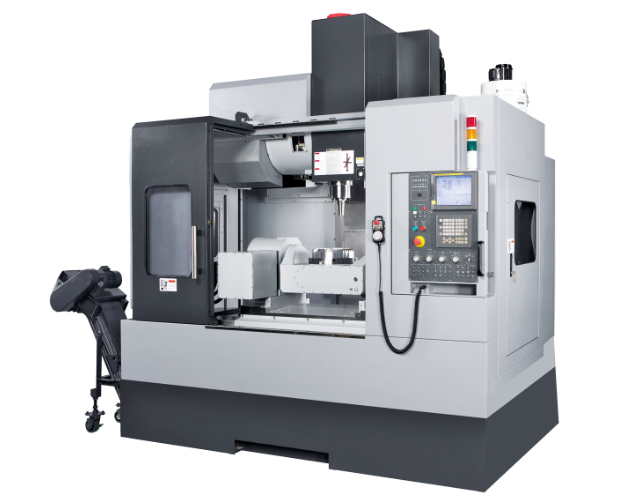CNC or Computer Numerical Control are standardized tools designed to perform physical tasks controlled by machines, for repetitive, highly precise work, accurate and systematized work.
For decades, these tools have been modified and used widely in the manufacturing and retail sector. While basic cutting tools have been used by humans for centuries, modern tools used today have specific features developed only in the mid- 20th century. These features are:
- Ease of fabrication
- 30-50% more robust and harder than the material it is supposed to cut
- High conduction to heat
- Wear and tear-resistant
- Low coefficient of friction
All types of CNC tools have the same purpose: to cut the material accurately and precisely: they vary in the way they perform their function. To make the classification easier, we may broadly classify according to cutting methods:
1. Functions-
- CNC Milling Machines- used to create shapes, faces, slots. Holes, notches and pockets.
- CNC Lathes- it shapes the items while they are rapidly rotating on a spindle. It is used to make cylindrical objects.
- CNC Drilling Machines- as the name suggests, they are used only to drill one or more holes in the object. They can also ream, counterbore and tap holes when required.
- CNC Plasma Cutters- this is much more modern technique. The machine uses the tool to cut an object electrically, with the use of hot plasma. The plasma torch precisely points at and cuts electrically conducive items.
- CNC Grinders- are very easy to program and use. They can cut any kind of shape by rapidly rotating the item on a wheel-like structure.
2. Motion Type-
- Point to point systems- this tool drills, bores and taps into items. The machine facilitates that the tool, as well as the items, are placed at regular and fixed intervals. The cutter performs its job one after the another and then retracts for the net set to be placed.
- Contouring systems- this includes lathes, mills and routing machines. The tool works on a continuous, contoured path while cutting the material.
3. Number of Axis-
- 2-axis – the machine provides for only 2 axes to work and the tools move accordingly. The tools move in two directions only.
- 5-axis- it is partially a 3-axis machine but the movement is not simultaneous. X and Y axis move and work first and then the third axis starts working.
- 3-axis- three axes move simultaneously- X, Y and Z. it is the most popular machine tool used in the manufacturing sector.
- 4-axis- same as 3-axis system but with an additional rotation around the X-axis.
- 5-axis- same as 3-axis system but with two extra rotations in both X and Y directions.
4. Control Loop-
- Open Loop- this is more common, no feedback, one-way communication between the controller and the motor.
- Closed Loop- can correct errors in performance. The feedback can be given to the computer and tasks done accordingly.

